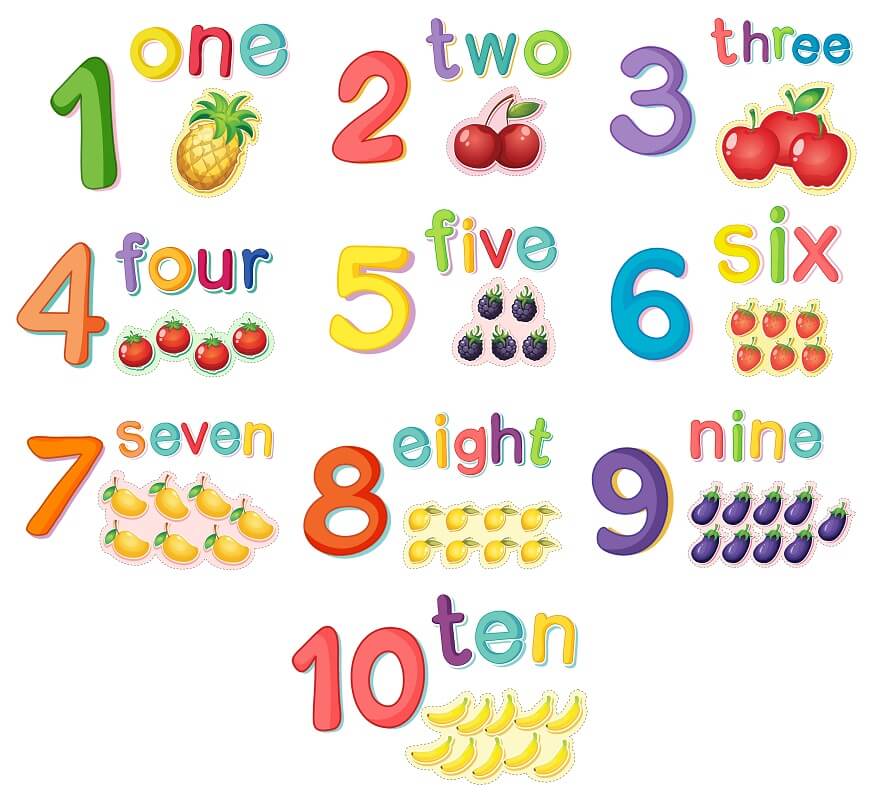A textbook in language teaching and learning is a textual tool that provides information, exercises, and activities to help students learn a language. This method encourages language development and is used by teachers as well as students. The main role of textbooks is to provide structured and ordered content that tackles a variety of language-related themes, including vocabulary, grammar, reading, writing, speaking, and listening skills.
The Role of Textbook in teaching learning process is essential in language schools because they provide a structure for both teaching and learning. Students may use textbooks as their reference when not in class to refresh and reaffirm what they have learnt.
Through the exercises, material, and activities it contains, students can practise their language skills. Its primary goal is to offer organised information and guidance that supports the acquisition of new languages in the classroom.
Also Read: Role of ICSE Textbooks
Importance of Textbook in School Education:
Structured Curriculum:
Textbooks provide a structured curriculum for language learning, ensuring that students cover the necessary topics, skills, and language components in a systematic manner. They act as a guide for teachers, helping them plan lessons and ensure comprehensive coverage of the language curriculum.
Complete Content:
Textbooks for learning languages provide full material that addresses a variety of language-learning topics, including grammar, vocabulary, reading, writing, speaking, and listening abilities. It is the main role of textbooks in education. They offer numerous examples, clarifications, and practise problems that are tailored to various learning styles and skill levels.
Consistency in Teaching:
Textbooks promote consistency in language teaching across different classrooms or schools. They provide a common resource that ensures students receive consistent instruction and have access to similar content and learning experiences.
Language Input:
Textbooks serve as a source of authentic language input for students. They present learners with well-structured and contextualized language materials that expose them to a variety of vocabulary, sentence structures, and language usage.
Clear Progression:
Textbooks often present language materials in a progressive manner, starting from foundational concepts and gradually advancing to more complex topics. This clear progression helps students build their language skills incrementally and develop a solid foundation for further learning.
Guided Practice:
Textbooks include a range of practice activities and exercises that provide students with guided practice opportunities. These exercises reinforce the language concepts and skills introduced in the lessons, allowing students to apply what they have learned in a controlled setting.
Language Models:
Textbooks provide language models through dialogues, reading passages, and authentic texts. These models expose students to natural language use, idiomatic expressions, and different registers, helping them develop their language fluency and accuracy.
Supplemental Resources:
Many language textbooks come with supplemental resources such as audio CDs, online platforms, or digital resources. These additional materials complement the textbook content and offer multimedia elements that enhance language learning, including audio recordings, videos, interactive exercises, and online resources for further practice and exploration.
Assessment Support:
Textbooks often include assessment materials, such as quizzes, tests, and self-assessment tools. These resources help teachers evaluate students’ progress, identify areas that need improvement, and provide feedback on their language proficiency.
Reference Tool:
Textbooks serve as a reference tool for both teachers and students. They provide a repository of language knowledge, rules, and examples that can be referred to for clarification, revision, or further exploration.
Also Read | Benefits of Learning a second language as a Child
Real-Time Examples:
We can understand the importance and role of textbook in education through these two real-time examples
Example 1:
In a science classroom, the teacher uses a textbook to introduce the concept of photosynthesis. Here the role of a text book is to provide a clear explanation of the process, including diagrams and labelled illustrations. The teacher follows the textbook’s lesson plan, conducting a discussion on photosynthesis and using the provided guided questions to engage students. The textbook also includes hands-on experiments and activities that allow students to observe and understand the phenomenon. Outside the classroom, students refer to the textbook for review, answering practice questions, and completing homework assignments. The textbook serves as a comprehensive resource, providing a foundation of knowledge, structured lessons, and assessment materials that support both the teacher and the students.
Example 2:
In an English language classroom, the teacher utilises a textbook to teach vocabulary. In this example, the role of a text book is that it offers thematic units with word lists, definitions, and contextualized examples. The teacher introduces the vocabulary using the textbook’s suggested activities, such as word association games and sentence construction exercises. Students practice the new words through interactive exercises in the textbook and engage in pair or group discussions using the vocabulary in meaningful contexts. The textbook also includes audio recordings and online resources, allowing students to practice pronunciation and listening skills. Students can independently review the vocabulary lists and complete self-assessment quizzes provided by the textbook. The textbook acts as a comprehensive language resource, guiding the teacher’s instruction, promoting active engagement, and providing opportunities for independent learning and assessment.
History Of Textbook:
Education textbooks have a long history that dates back to early civilizations. Texts were originally written on papyrus scrolls or clay tablets in antiquity. The development of the printing press allowed for the gradual expansion of book availability. Textbooks started to be used extensively in formal education systems in the 19th century, providing specified content for all schools. Textbooks have developed to include multimedia components and digital forms as a result of technological advances. As they provide organised information, practise problems, and resources to enhance teaching and learning across a variety of areas, textbooks continue to play a crucial role in education today.
Advantages Of Textbook in School Education:
- Provides structured content for effective learning.
- Offers clear explanations and examples.
- Includes practice exercises to reinforce understanding.
- Acts as a reference tool for students and teachers.
- Supports consistent teaching across classrooms.
- Helps in exam preparation.
- Offers comprehensive curriculum coverage.
- Provides supplemental resources for further exploration.
Conclusion:
At EuroSchool, we are mindful of the role of textbooks in teaching the learning process in education as they provide structured content, clear explanations, and practice exercises, and serve as reference tools. They support consistent teaching, enhance comprehension, and facilitate the acquisition of language skills for students comprehensively. Euroschool ensures that along with digitization, we do not lose out on the essence of classic teaching methods which benefit children. To ensure the best of both worlds, ensure your child learns at the best school. Check out our school admission process and visit our school campuses.











